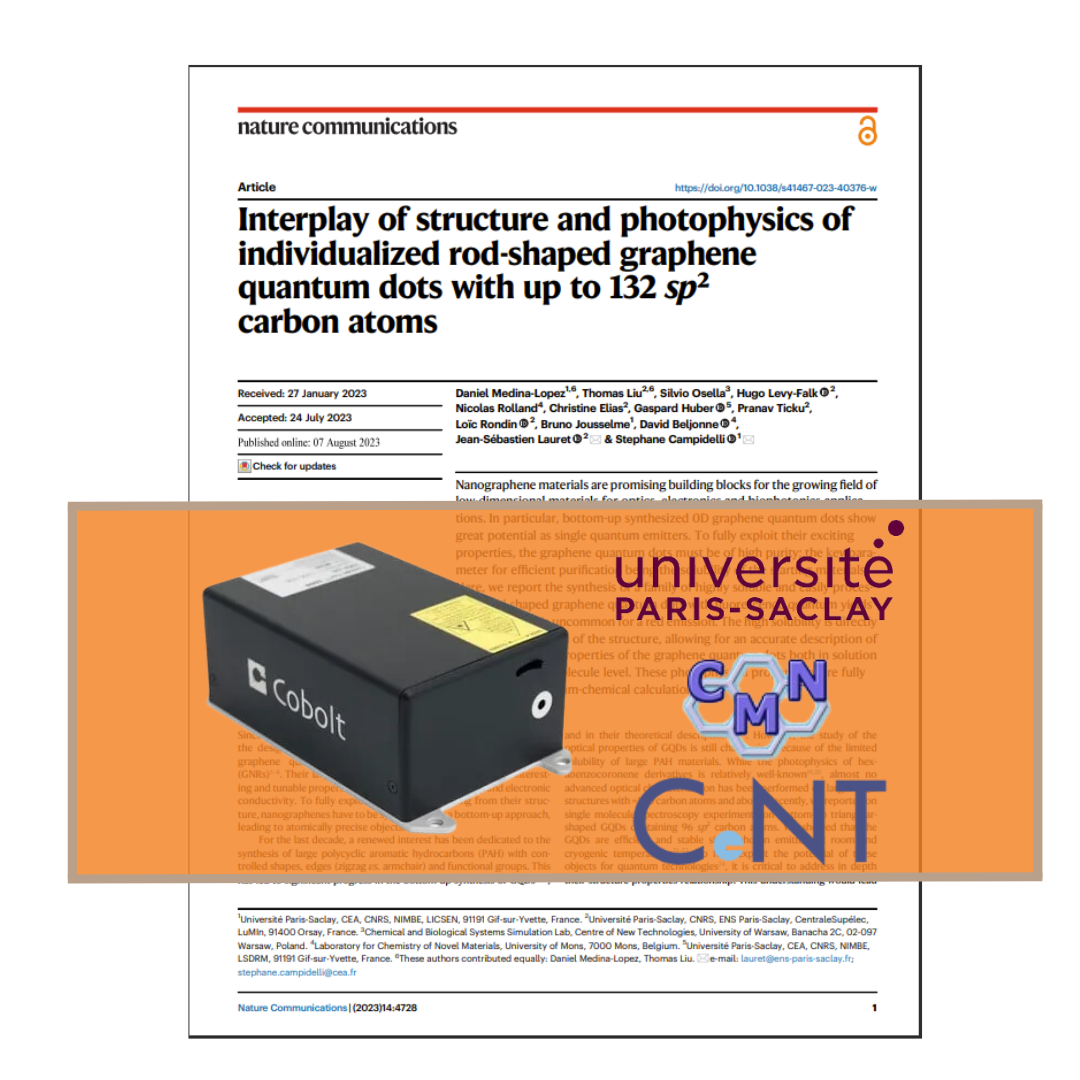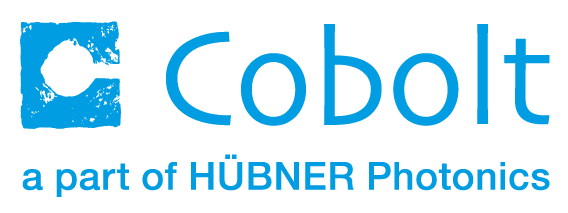Interplay of structure and photophysics of individualized rod-shaped graphene quantum dots with up to 132 sp² carbon atoms
In a significant stride towards advancing nanotechnology applications, researchers from the Université Paris-Saclay, Chemical and Biological Systems Simulation Lab and the Laboratory for Chemistry of Novel Materials have unveiled a new family of nanographene materials with the help of the Cobolt Mambo 594 nm laser.
These materials, known as 0D graphene quantum dots, have emerged as promising candidates for single quantum emitters due to their exceptional properties and can potentially revolutionize optics, electronics, and biophotonics.
A key challenge in harnessing the full potential of graphene quantum dots lies in ensuring their high purity. Researchers have identified solubility as a critical factor in achieving efficient purification of these materials. Addressing this hurdle, the team of scientists has successfully synthesized a series of rod-shaped graphene quantum dots that exhibit remarkably high solubility and ease of processing.
The breakthrough, detailed in Nature Communications, highlights fluorescence quantum yields reaching up to an impressive 94%, particularly notable for their red emission capabilities. The enhanced solubility of these quantum dots is attributed to their meticulously designed structure, enabling a precise characterization of their photophysical properties both in solution and at the single molecule level.
Crucially, these photophysical properties were accurately predicted through advanced quantum-chemical calculations, underscoring the scientific rigor behind the findings. This development not only paves the way for further exploration in quantum dot applications but also underscores the potential of nanographene materials in shaping future technologies.



